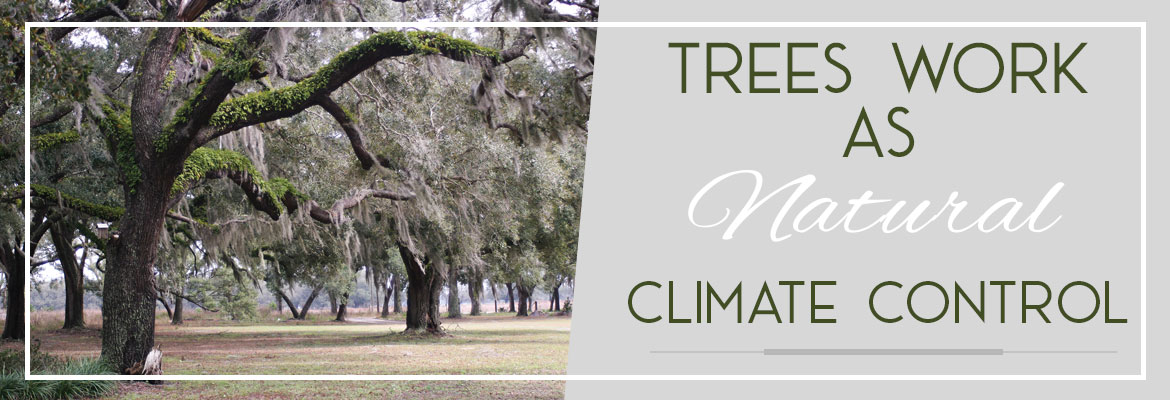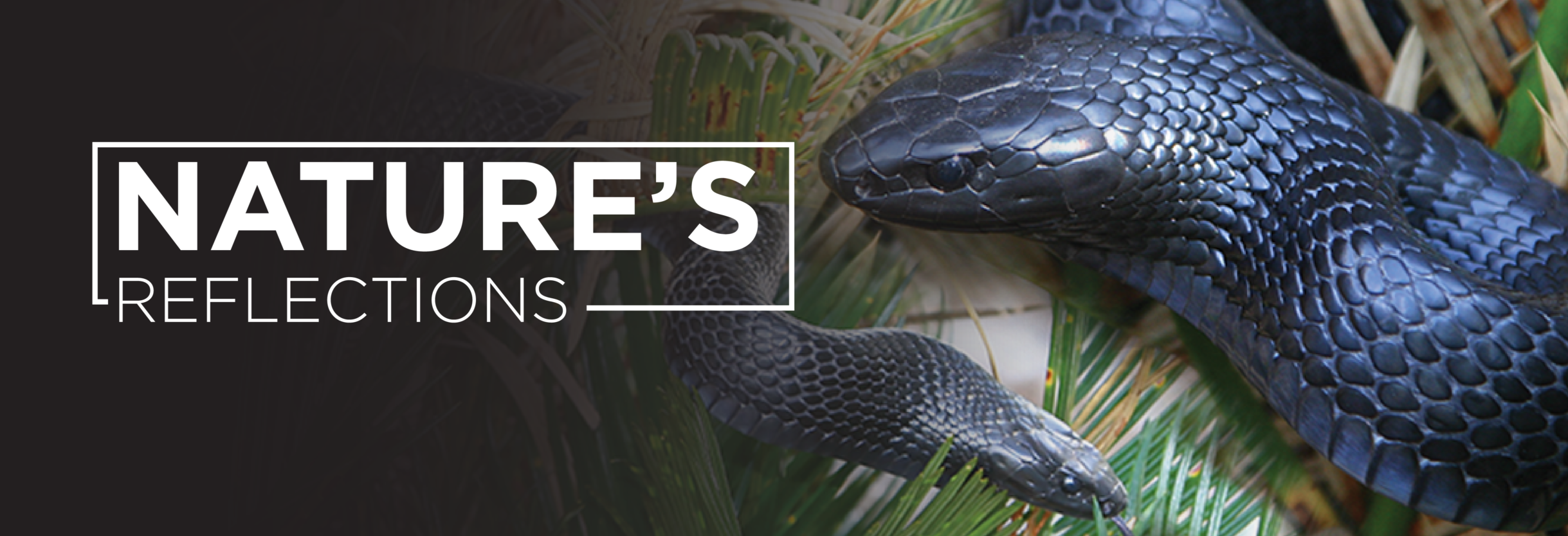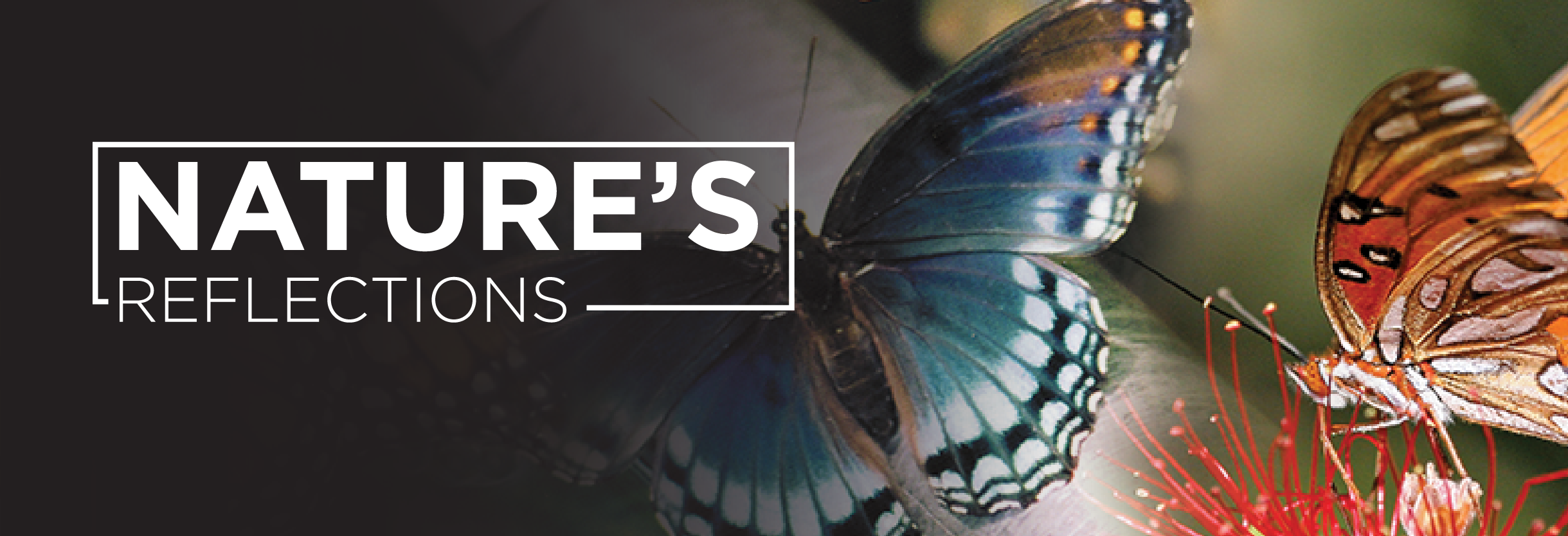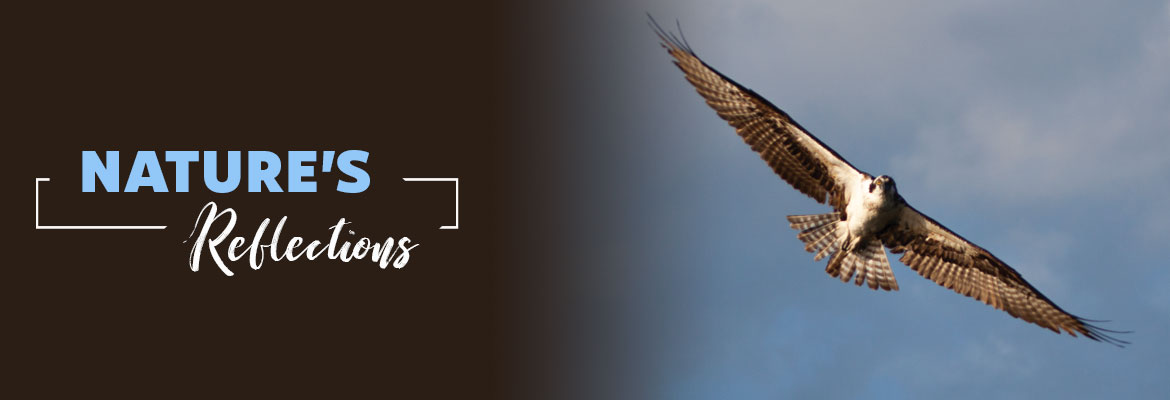Nature’s Reflections – Right Tree – Right Place
Right Tree – Right Place Make all the Difference
Like real estate, it’s all about the location. As many have witnessed firsthand during one of Florida’s thunderstorms, tropical storms, or hurricanes whether a tree becomes a blessing or a curse depends a lot on its location. Storms, trees and power lines do not mix. Falling limbs and trees are SECO’s second leading cause of power outages and they can cause severe, costly damage to homes as well.
Around homes and work places, trees work as natural barriers for climate control. Plant trees strategically to provide shade in the summer and act as a natural barrier against cold winds in winter. Planting deciduous trees to the south, southwest or west side of buildings offers summer shade. Trees planted on the north and west sides can block winter winds and reduce heating costs.
Trees add beauty to the landscape, provide shelter for wildlife, create a playground for children and clean the air we breathe. The most direct impact trees have on us as human beings is the conversion of carbon dioxide into oxygen. It has been said that one mature tree, in just one growing season, provides oxygen equivalent to that required by one adult for a year.

Plan before you plant. Do not plan during summer’s heat – use this time to design your planting scheme for when the weather cools. It’s important to do your homework before making a selection. Decide what size, shape, location, and type of tree you want and its characteristics. Does it drop leaves or have little seedlings coming up all over? Is it brittle, does it become hollow or has invasive root systems that may interfere with underground utilities or clog septic systems?
Research the tree’s possible height when mature – never plant tall trees near overhead power lines. During storms, limbs may break or the tree falls completely, causing extensive damage or outages. Once a tree has grown into an energized line, it can conduct electricity and become a safety hazard. Consequently, trees that have grown into the power lines must be trimmed to maintain a safe clearance and prevent outages. Once trees are cut out of the right-of-way, they never look as good as those planted well away from the power lines. Shorter varieties should always be used around utilities. Many shorter trees also flower, attracting hummingbirds and butterflies.
The right tree in the right place adds beauty and can be enjoyed for years to come.
Column & photos by Sandi Staton – sandi.staton@gmail.com
Read the full Nature’s Reflections article in the September 2018 SECO News online.






